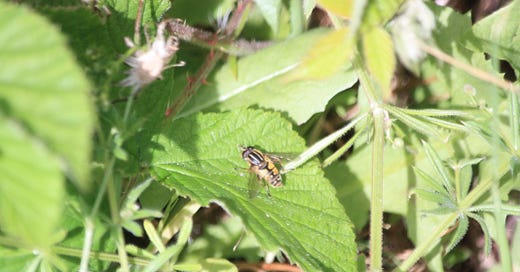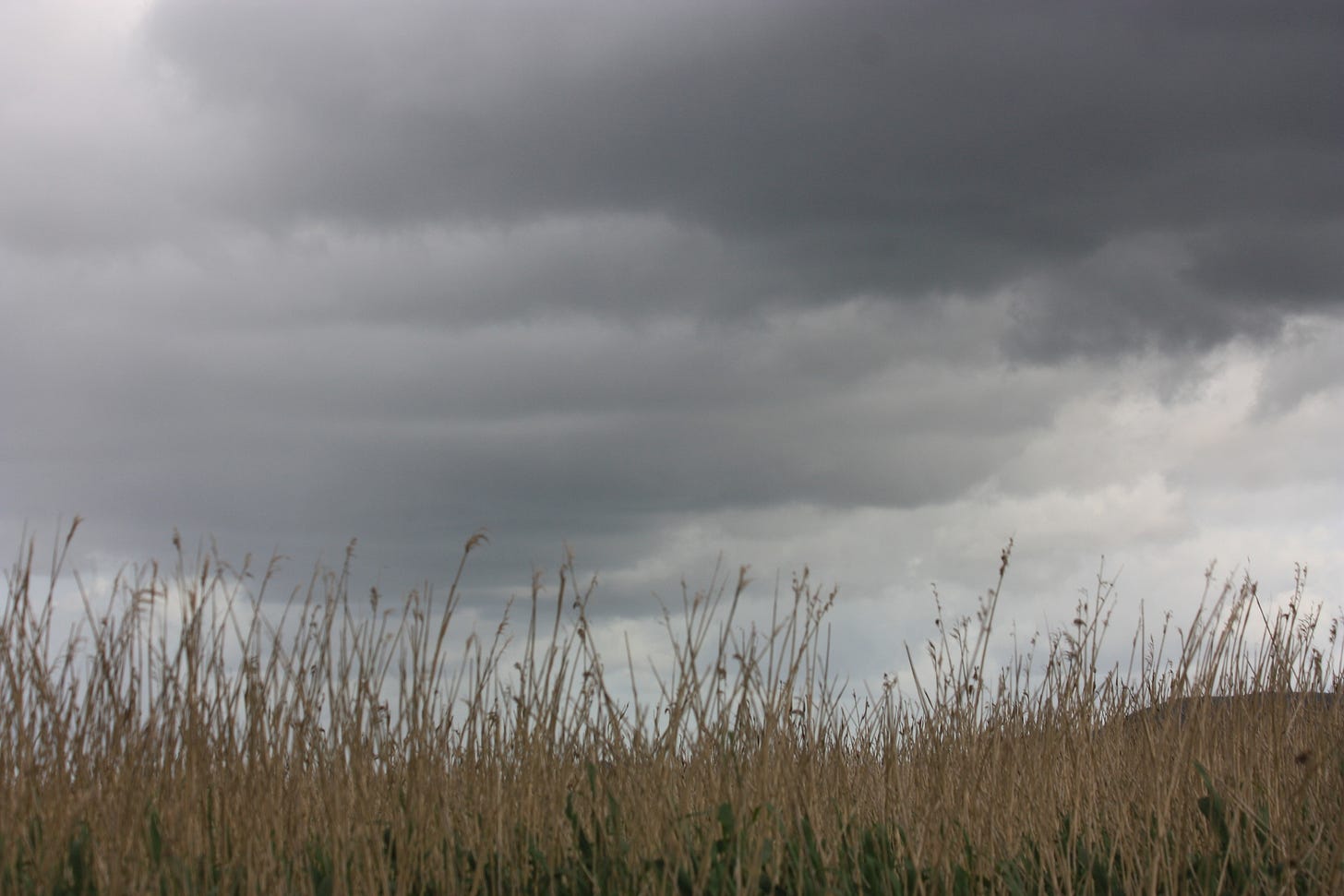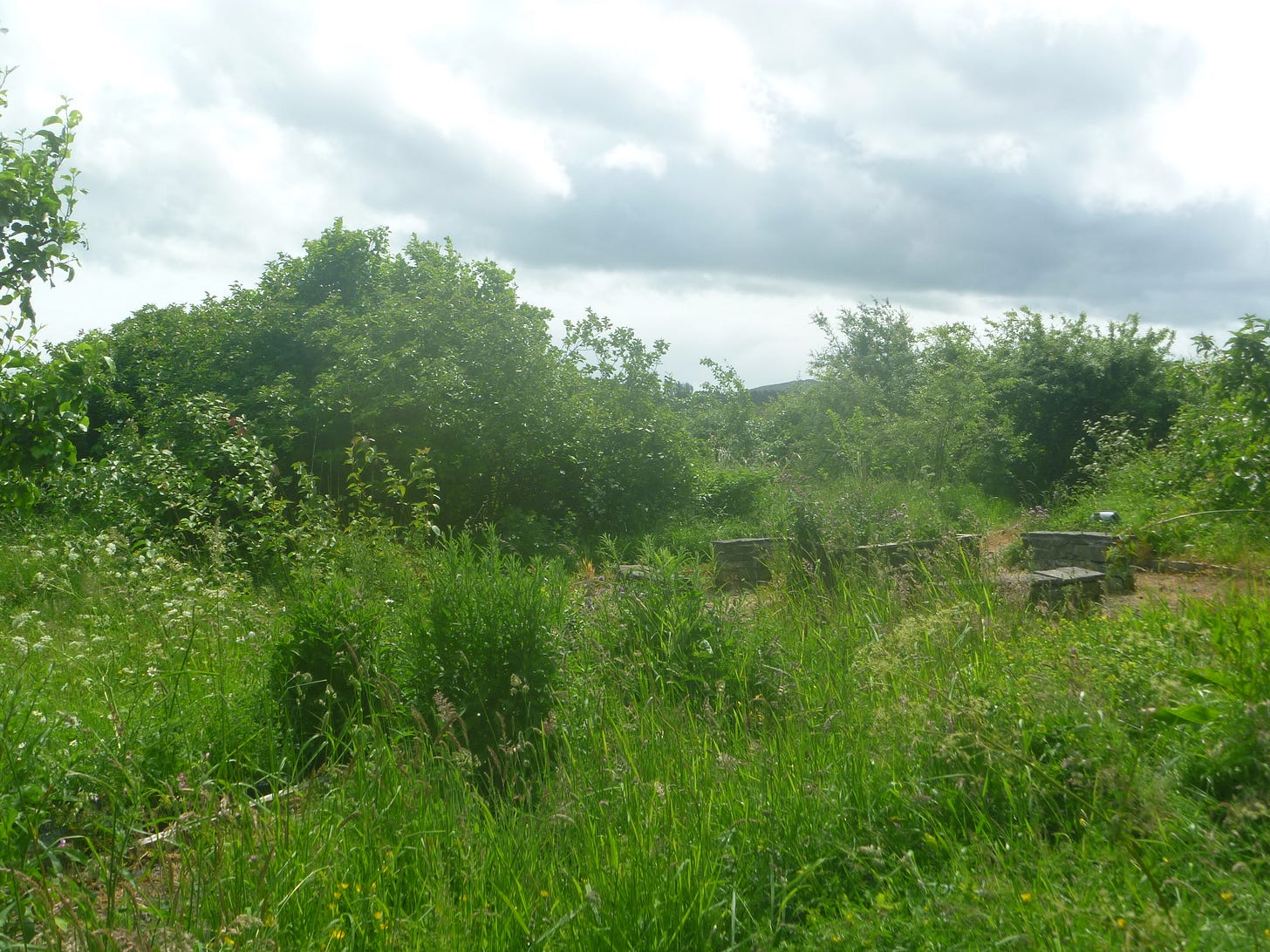Welcome to my third post celebrating this year’s 30 Days Wild campaign from The Wildlife Trusts.
So far in this series, I’ve written about enjoying and observing nature and learning about nature. This week, I want to talk about some of the ways we can help nature.
In last week’s post, I mentioned that for many people, learning about wildlife leads naturally to recording wildlife. This is an interesting activity in itself, but it also helps nature because the records that you send to recording organisations (whether that’s your local Biological Records Centre or a specialist recording scheme such as the UK Hoverfly Group on Facebook) feeds into conserving the species that you’re recording. If we know where rare species are found then we know where to focus attention on helping that species.
In recent years', I’ve become particularly interested in hoverflies, those harmless flies that mimic the warning colours of bees and wasps. I try to share with the Facebook Hoverfly Group records of all the hoverflies I identify on my walks.
I saw the Footballer Hoverfly (Helophilus pendulus) above in Craiglockart Dell, where I volunteer once a week with the Water of Leith Conservation Trust, recording wildlife (and sharing my sightings with the trust) and picking litter. I also take part on butterfly surveys with the UK Butterfly Monitoring Scheme.
If you want to help hoverflies, butterflies and other insects, you may be interested in my post from April
Could you become a Hoverfly Hero?
Did you know that insects make up over half the species on Earth? Yet we’re losing insects far faster than we’re losing better known wildlife like mammals and birds. The causes are many and complex, but if we are to have any hope of stopping this insect crisis (and the wider loss of wildlife) from getting any worse, we need urgently to reverse habitat l…
There is a good article sharing 25 ways you can help insects on the Guardian website here.
There are many ways that you can get involved in helping nature. If you have a garden, think about how you can make it more attractive to wildlife (see for example these ideas for wildlife gardening from The Wildlife Trusts). For an excellent case study of how to let your garden lawn develop into a wildflower meadow, read this article from Richard at Whilst Out Walking:
If you don’t have a garden or if you want to extend your reach beyond your own property, there are many ways you can help nature, for example, you may want to:
Pick litter in your local greenspace;
Get involved with the Friends Group for a local park (friends groups are all different, but many of them organise events such as litter picks; informative talks or fundraising events);
Take part in an online project with Zooniverse, which includes plenty of opportunities to participate in research on natural history or other scientific topics (though their projects are becoming more and more geared towards training AI rather than participating in research for its own sake);
If you’re a teacher, think about getting your school involved with Learning through Landscapes, which aims to make outdoor learning and play part of every school day.
If you’re a member of a religious faith, try to encourage your faith community to engage with nature. For example churches in Scotland may join the Eco-Congregation Scotland, while Caring for God’s Acre is the conservation charity for burial grounds across the UK.
Of course, we need larger scale initiatives to help nature too. These may be projects run by nature conservation charities, such as work done by RSPB (Royal Society for the Protection of Birds) Scotland to conserve Natterjack Toads (the UK’s rarest amphibian) on their Mersehead Reserve (one of our favourite places to visit when we’re in the Dumfries and Galloway area). They’ve made a lovely, inspiring video of this work, which you can watch here.
A couple of weeks ago, we visited the RSPB reserve at the Tay Reedbeds, near Perth, which are managed for the benefit of birds, including the iconic Bearded Tit (also known as the Bearded Reedling). We were delighted to see some Bearded Tits, even though we didn’t get a close look. You’ll just need to imagine some of these delightful birds flying around in the reeds in the photo below.
Sometimes communities decide to get together to help nature. I was interested to read about the campaigns across the USA to reduce light pollution at night and reduce the number of birds flying into buildings.
On a smaller scale, there are community gardens around the UK, which offer people the chance to get together to grow vegetables and flowers. Many community gardens are managed very much with nature in mind. On our recent visit to the Perth area, we were very impressed by the Cistern Green Community Garden, just a short walk away from the Tay Reedbeds.
What’s Happening?
Clean Air Day (19 June 2025)
Ask your MP to commit to championing clean air.
What I'm Reading
Earth Prayers - edited by Carol Ann Duffy - a collection of poetry from poets old and new about our relationships with the natural world.









Thanks for sharing the link to my post about getting rid of lawns
I like the idea of engaging with Nature at the local community level, Juliet. I think this helps makes the experience and relationship with Nature feel more connected. Thank you for sharing.